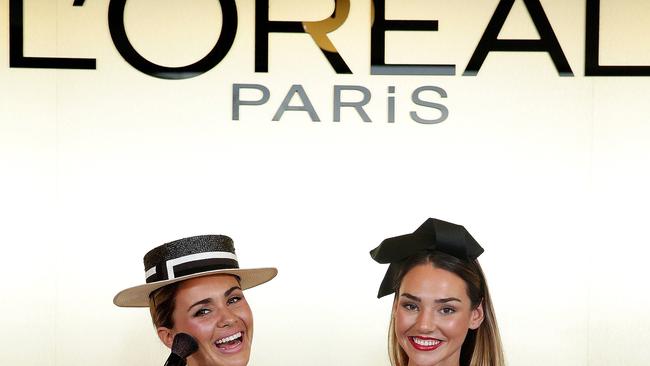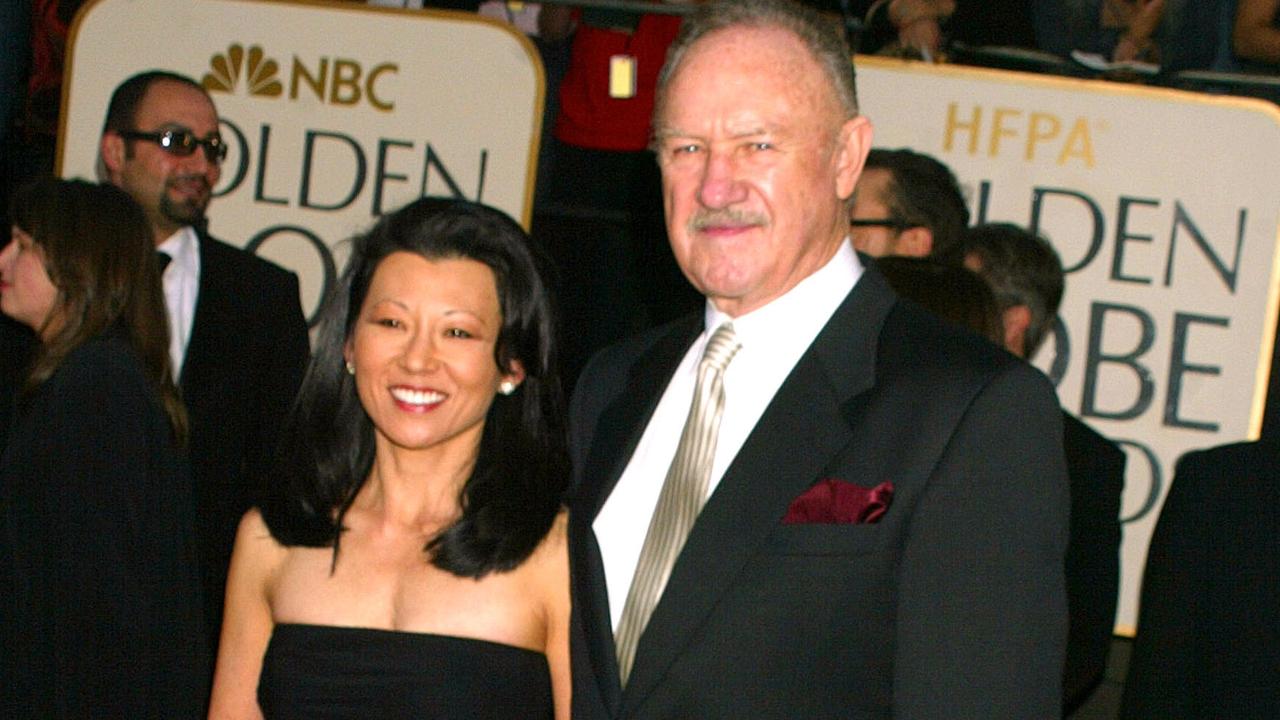L’Oréal’s new digital chief takes cosmetics virtual
Online games, augmented reality and social media could help the French cosmetics company reach new demographics amid an expected increase in e-commerce sales.

L’Oréal Group’s newly appointed digital executive is exploring how online games, augmented reality and social media can help the French cosmetics company reach new demographics amid an expected increase in e-commerce sales.
“The pandemic has been a catalyst for digital adoption,” and L’Oréal is “constantly reimagining” its digital strategies, said Asmita Dubey, the company’s chief digital and marketing officer.
Before her appointment as digital and marketing chief, Ms. Dubey held digital and marketing management positions at L’Oréal for eight years.
Ms. Dubey succeeded former Chief Digital Officer Lubomira Rochet in April and reports to L’Oréal Group Chief Executive Nicolas Hieronimus, who took the reins in May.
L’Oréal’s brands include Lancôme, Kiehl’s, La Roche-Posay, Garnier and Maybelline New York. The cosmetics company has about 3,000 employees who are focused on digital initiatives. It employs about 85,400 people total.
L’Oréal is preparing for a scenario where up to 50% of sales could be generated online, up from 27% today and about 15% in 2019, Ms. Dubey said.
L’Oréal’s sales for the half-year ended June 30 were about EUR15.2 billion, equivalent to roughly $18 billion, up 16.2% over the same period in 2020. The increase in e-commerce sales is partly driven by more online shopping during the coronavirus pandemic and new initiatives that the company has developed to accelerate e-commerce.
Last year, for example, L’Oréal launched new online beauty tutorials and created a way for beauty advisers to apply makeup virtually on prospective customers, mimicking the in-store consultation experience.
Now, online videogaming is opening up a new avenue for consumer engagement and potential revenue, Ms. Dubey said. In an April report, professional services company Accenture PLC said the value of the gaming industry exceeds $300 billion, driven by an uptick in mobile gaming during the coronavirus pandemic. The figure includes $200 billion in direct spending on consoles, software and subscriptions and $100 billion from industries such as gaming PCs and mobile devices. The number of gamers across areas such as consoles, mobile devices and PCs is estimated to be about 2.7 billion, according to the report.
About half of gamers are women, Ms. Dubey said.
“It allows us to think of completely new business models [for] that community,” she said, adding that her team will be exploring new online gaming-based revenue opportunities in the coming months.
In June, Ms. Dubey brought together about 40 brand directors within the company to participate in a weeklong virtual workshop about online gaming to better understand the opportunities of the medium. At “L’Oréal Con,” participants learned about various online games including those that use virtual reality. The workshop also addressed the stereotype that most gamers are male.
Also in June one of L’Oréal’s brands, NYX Professional Makeup, announced a partnership with Dignitas, an esports competitive videogaming franchise that fields esports players for popular games such as League of Legends.
As part of the deal, female gamers with a large following on social media will be applying makeup live on their platforms, hosting product giveaways and participating in events such as live makeup tutorials, according to the company.
A relatively new area of e-commerce that Ms. Dubey will be focusing on in her new role is “social commerce,” where people such as influencers, beauty advisers and salespeople sell products on social networks like TikTok.
In June L’Oréal launched a pilot program in which customers can purchase products from the U.K.-based TikTok accounts of NYX Professional Makeup and Garnier. Customers can also purchase products directly from influencers or “creators” on the platform.
L’Oréal has been ahead of the curve in its digital investments, said Chelsea Gross, director analyst of digital commerce at technology research firm Gartner Inc. But it is difficult to measure the return-on-investment in areas such as social commerce and gaming, which could generate sales but not significant amounts, she said. “It’s a long game for so many of these channels,” she said.
Augmented reality also remains a priority for L’Oréal, Ms. Dubey said, in part because it allows users to virtually try on different shades of makeup or hair colour by superimposing digital content onto their face via a mobile phone. More augmented reality services for mobile phones are in development, she said.
Technologies such as augmented reality allow L’Oréal to shift from a product-focused company to a product and services company, Ms. Dubey said. “Bringing the best of product and services to billions of consumers is the end goal,” she said. “A technology like augmented reality allows for those services to come.”
Dow Jones Newswires


